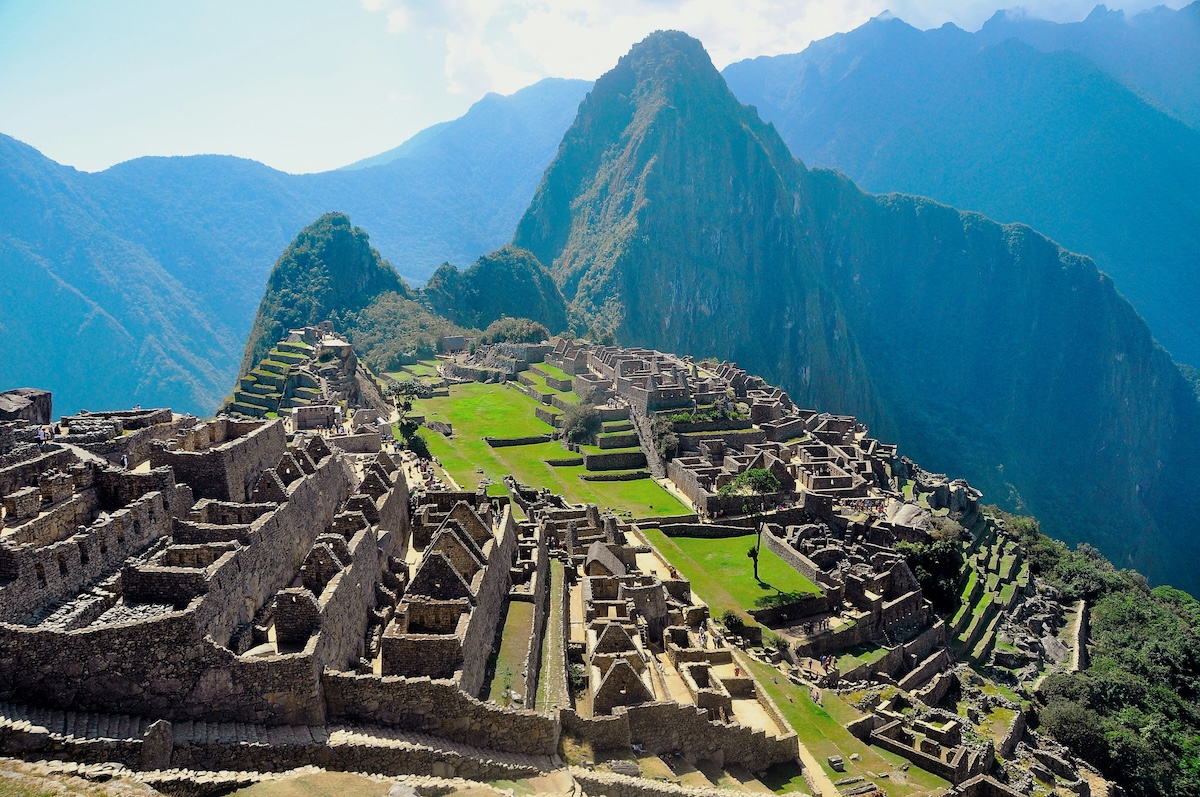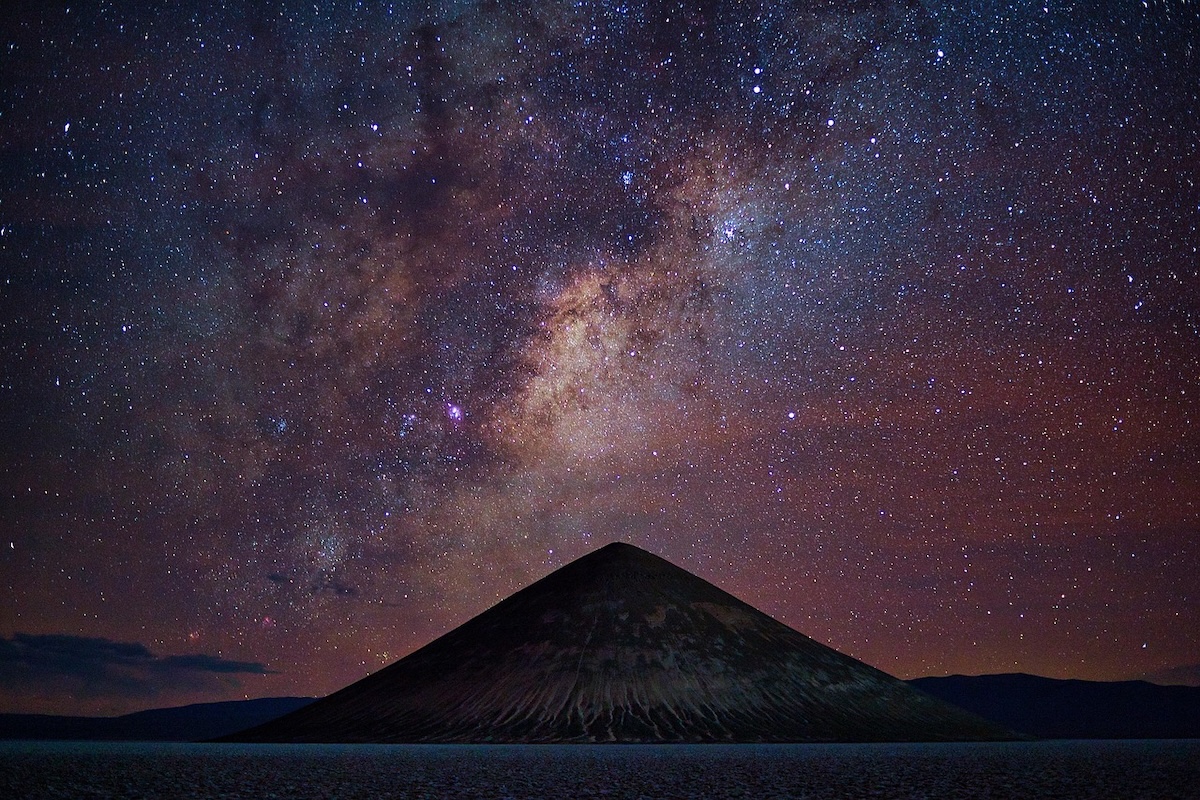
Ancient Stargazing: 7 Incredible Sites Where Our Ancestors Tracked the Cosmos
By: Heather Keys
Skip to Section
Hey, cosmos fans! I’ve got a confession: I’m a total astronomy nerd. But guess what? So were our ancestors! Long before telescopes or NASA came along, ancient civilizations built incredibly cool structures to track stars, plan calendars, and determine when to plant crops.
These archaeoastronomy sites reveal the sophisticated astronomical knowledge of early cultures. If you’re fascinated by the amazing things we can see in the night sky, add these stellar spots to your bucket list!
Stonehenge, England
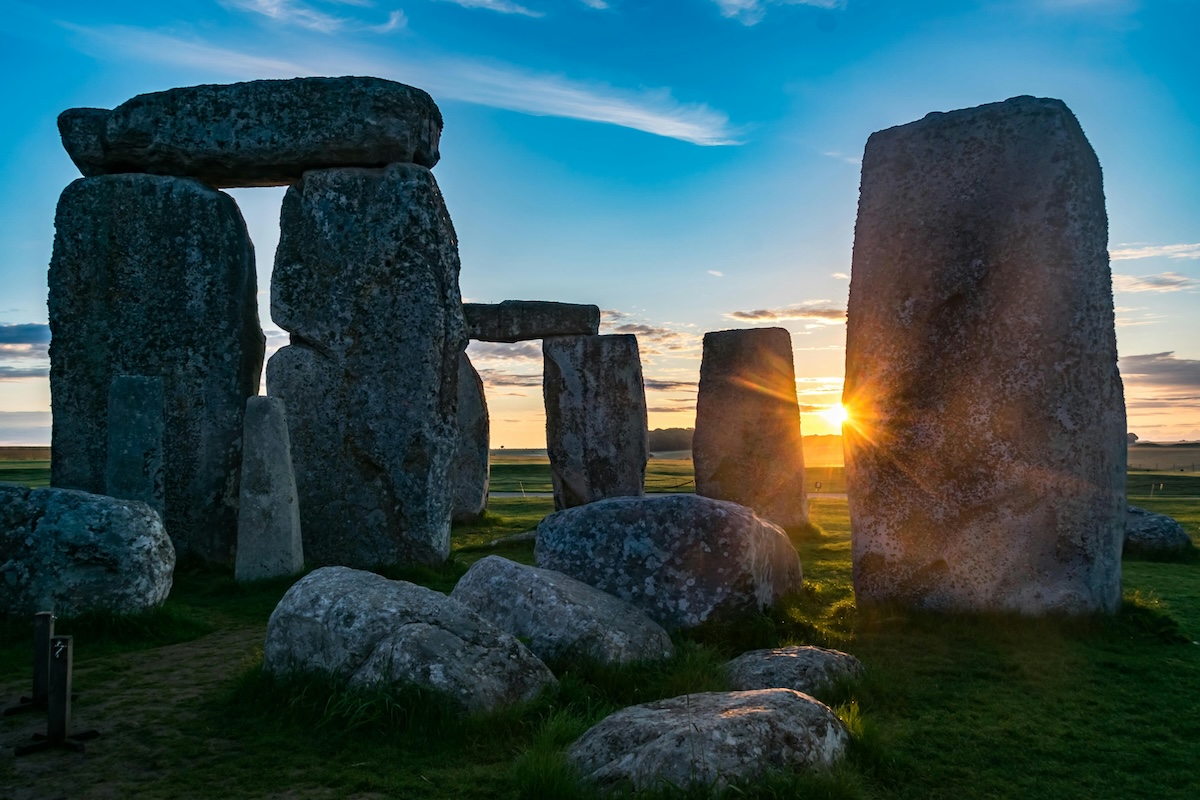
Photo by Ankit Sood on Unsplash
This famous circle of massive stones aligns perfectly with the summer solstice sunrise. Each June 21, the sun rises directly over the Heel Stone, creating a straight line to the circle’s center. The builders positioned these multi-ton stones with astronomical precision about 5,000 years ago. Archaeologists have also identified lunar alignments at the site, suggesting it functioned as a complex calendar for tracking both solar and lunar cycles.
Want the best experience? Visit during the summer solstice when thousands gather to watch this astronomical magic show. Just book way ahead—this cosmic party gets crowded! The site also has spectacular views during the winter solstice, when the sun sets between the largest trilithon stones.
Chichen Itza, Mexico
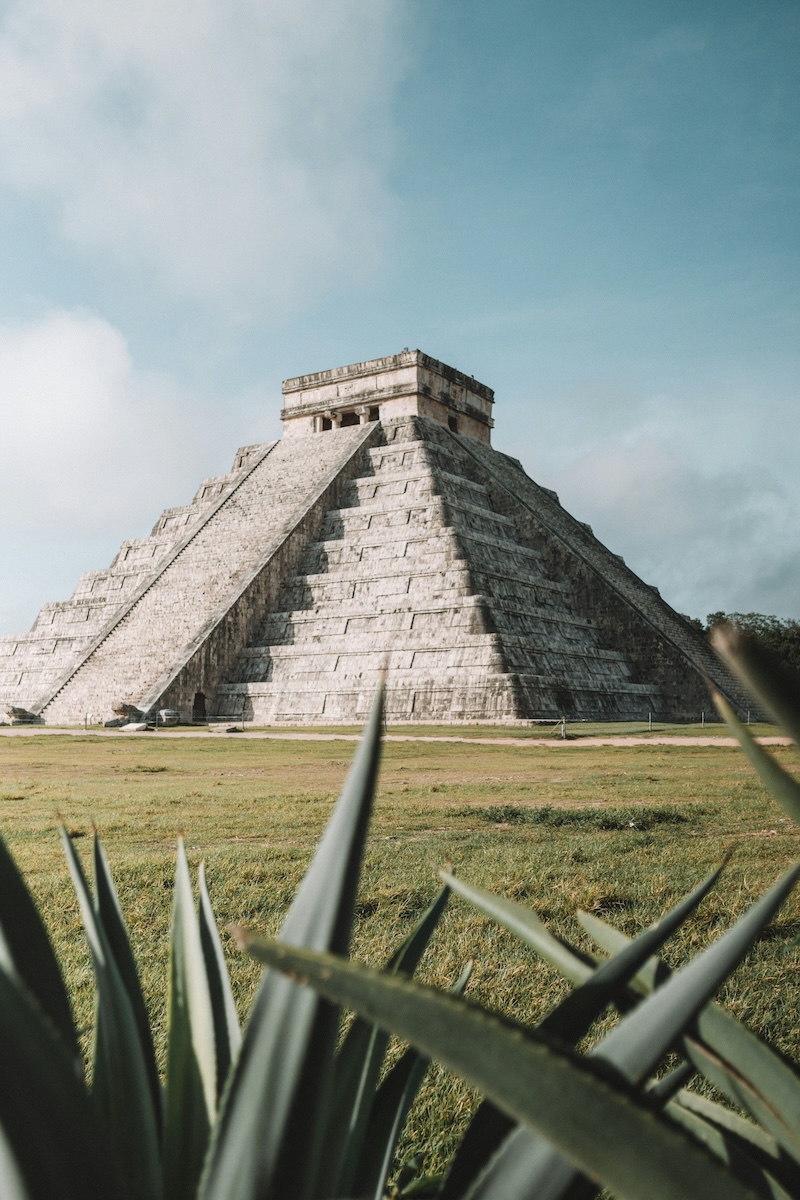
Photo by Alex Azabache on Unsplash
The El Castillo pyramid functions as a gigantic stone calendar! During spring and fall equinoxes, the sun casts triangular shadows down the stairs, creating the illusion of a serpent slithering down the pyramid. The Mayans built this mathematical masterpiece with precisely 365 steps—one for each day of the year. The structure also produces a chirping echo that mimics the sound of the sacred quetzal bird when you clap at the base.
Get there early on equinox days (around March 20 and September 22) to beat the crowds. The snake shadow appears for about an hour before sunset. The site contains numerous other astronomical alignments, including the Las Monjas building, which features carvings of Venus, and the Caracol observatory, specially designed for tracking this planet.
Machu Picchu, Peru
High in the Andes, the Incas built a stone called Intihuatana that casts practically no shadow during equinoxes. They used this astronomical marker to “tie the sun down” so it wouldn’t disappear forever—a form of ancient insurance against eternal darkness. The stone’s four corners point to the cardinal directions with remarkable accuracy.
Beyond this famous stone, the entire city contains multiple solar alignments. The Temple of the Sun features a window that captures the June solstice sunrise, while nearby structures align with specific star clusters important to Inca agriculture and religion. The site sits 7,970 feet above sea level, placing observers closer to the stars in the thin mountain air.
Newgrange, Ireland
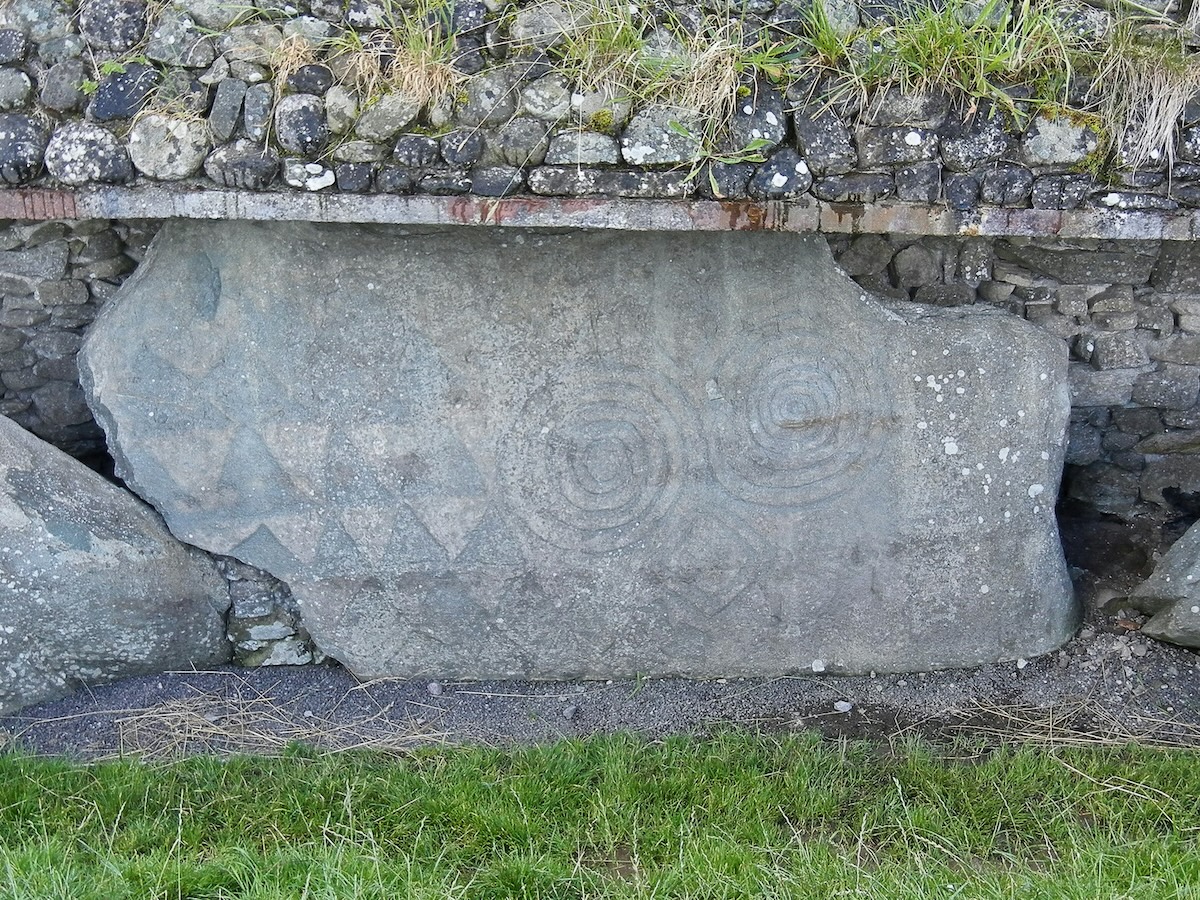
Photo by Griffin Quinn on Unsplash
This 5,200-year-old passage tomb predates both Stonehenge and the Egyptian pyramids! Every winter solstice, sunlight enters through a roof box above the entrance and illuminates the inner chamber for 17 minutes. The ancient engineers built it so precisely that this solar spotlight works perfectly thousands of years later.
The mound spans more than an acre and contains a 62-foot-long passage leading to a chamber with a corbelled roof 20 feet high. The exterior features 97 kerbstones, many of which are decorated with spiral and diamond patterns that may represent astronomical phenomena. Some researchers believe these carvings map celestial events beyond just the solstice.
The winter solstice lottery to get inside during the light show attracts thousands of applicants for just a few spots, but you can visit year-round and see a simulation of the effect. The surrounding landscape contains dozens of other neolithic monuments with potential astronomical alignments.
Karnak Temple, Egypt
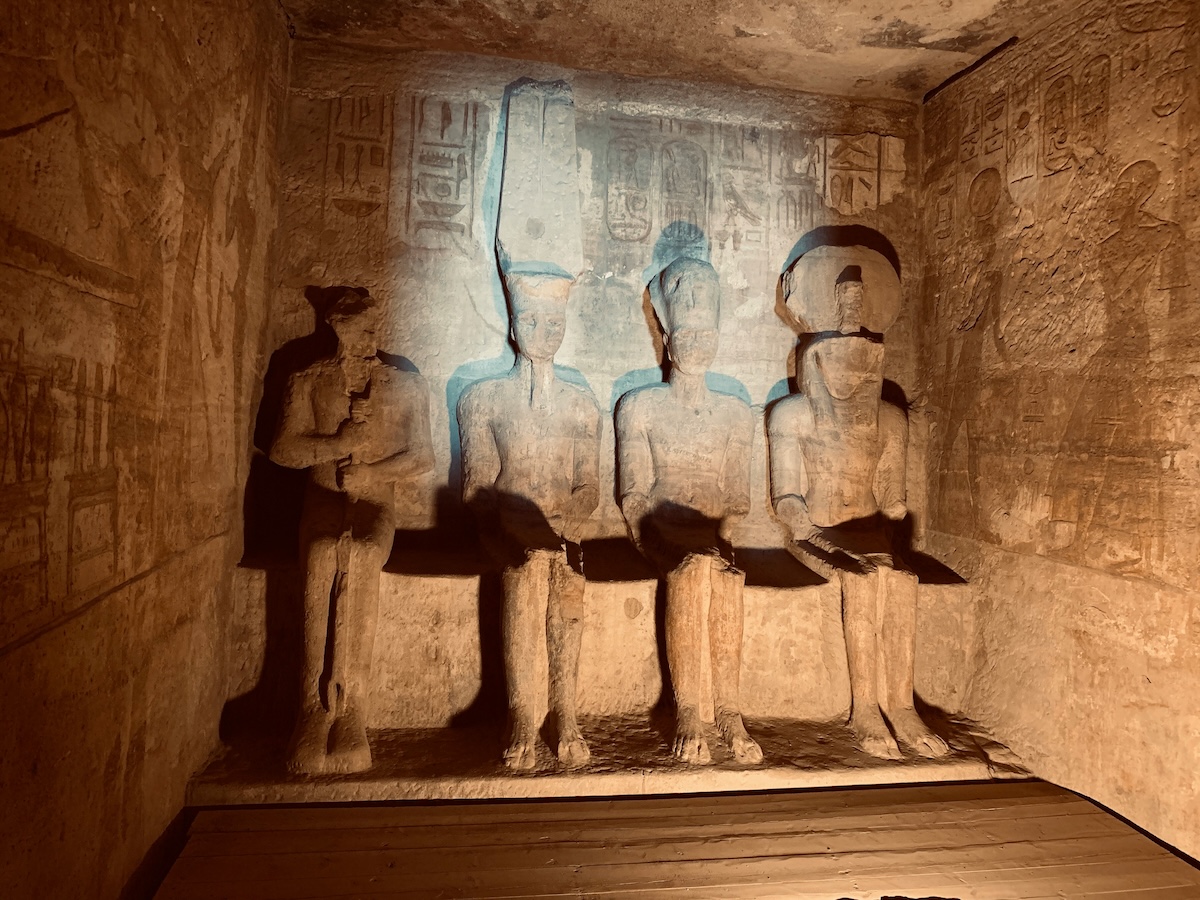
Photo by Shreyas Nair on Unsplash
The ancient Egyptians aligned the Great Temple of Amun-Ra with an axis that points to the sunset during the winter solstice. The hypostyle hall, with 134 huge columns arranged in 16 rows, creates patterns of light and shadow that track seasonal changes. Some columns reach 69 feet tall and measure 33 feet around—larger than many modern buildings!
The temple complex grew over 2,000 years as successive pharaohs added their contributions. Astronomical ceiling decorations throughout the temple display constellations and planetary positions, revealing Egyptian understanding of precession—the gradual shift of constellations over centuries.
Visit the nearby Temple of Hathor at Dendera to see one of the oldest ceiling maps of our night sky, complete with zodiac symbols we still recognize today! This famous circular zodiac (now replicated on site, with the original in the Louvre) shows the sky as it appeared about 50 BCE.
Chaco Canyon, New Mexico
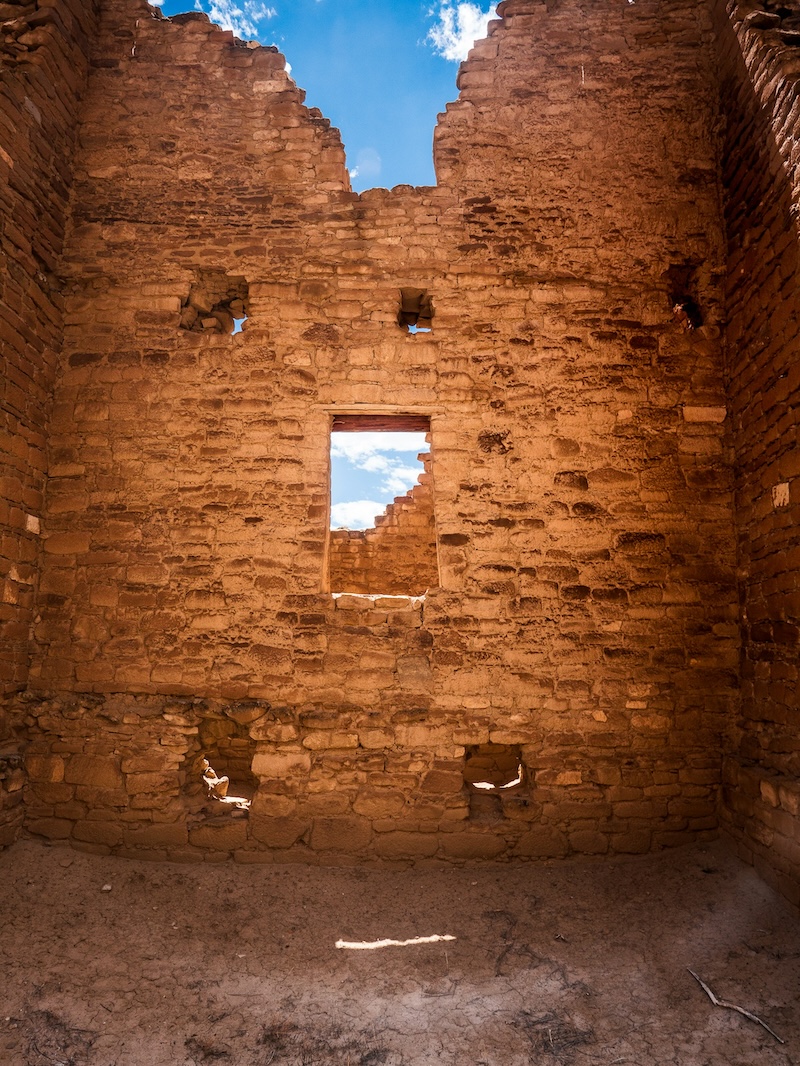
Photo by Raychel Sanner on Unsplash
The Ancestral Puebloans created sophisticated structures to mark solar and lunar cycles. The “Sun Dagger” site uses slabs of rock that cast shadows across spiral petroglyphs, marking solstices and equinoxes with razor-sharp accuracy. The canyon contains numerous buildings oriented to capture celestial events, including Pueblo Bonito, a massive 650-room structure.
Fajada Butte, where the Sun Dagger sits, stands 135 meters tall. The three stone slabs weighing several tons each create moving patterns of light that track through the year, marking not just solstices but even the 18.6-year lunar cycle. This level of astronomical knowledge helped the Puebloans survive in the harsh desert environment by precisely timing planting seasons.
This remote location also offers some of the darkest night skies in North America—perfect for stargazing like the ancients did. The park hosts regular night sky programs and is designated an International Dark Sky Park.
Goseck Circle, Germany
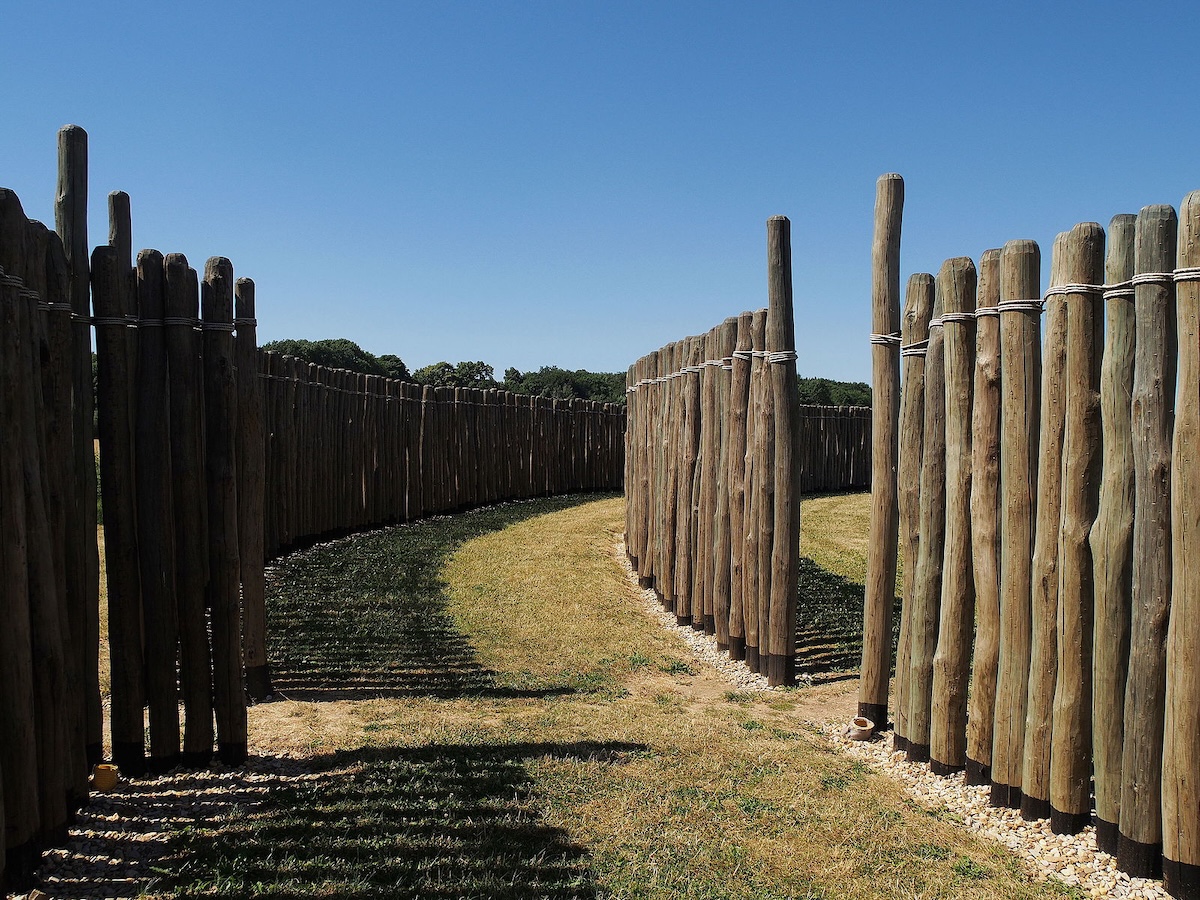
Photo by Kreuzschnabel on Wikimedia Commons
This 7,000-year-old site ranks among the oldest known solar observatories in the world! The Neolithic structure has gates that align with the sunrise and sunset during winter solstice. German archaeologists only discovered its astronomical function in 1991, proving ancient Europeans possessed sophisticated scientific knowledge.
The original circle measured 75 meters in diameter and consisted of a circular ditch, a rampart, and wooden palisades with precisely placed gates. Analysis of artifacts found at the site suggests it may have combined astronomical observation with religious rituals, possibly including agricultural fertility ceremonies.
The site has been partially reconstructed, so visitors can walk through the same gates our ancestors used to track the sun’s path thousands of years ago. Each year on the winter solstice, people gather to watch the sunrise through the southeastern gate, just as humans did 7,000 years ago.
Planning Your Archaeoastronomy Adventure
These sites show how much our ancestors looked up at the sky with wonder—something we still do today! While modern light pollution makes stargazing difficult in cities, these ancient observatories connect us with the cosmos and the people who came before us.
For the best experience:
- Research specific astronomical events at each site and time your visit accordingly
- Consider visiting during solstices or equinoxes for maximum effect
- Bring binoculars for daytime alignment spotting and nighttime star-watching
- Join a guide who knows both astronomy and archaeology for deeper insights
- Pack a star chart app on your phone for modern celestial navigation
- Allow plenty of time at each site—astronomical alignments often require specific times of day
- Book accommodations near the sites so you can visit at sunrise or sunset when many alignments occur
- Consider the weather when planning—clear skies work best for both ancient and modern astronomy
Have you visited any ancient astronomical sites? Which cosmic calendar would you like to check out first? Let us know in the Frayed Passport community!
About the Author
Originally from Indiana, Heather believes every destination has a story worth telling and a reason to visit. With a deep love of adventure, history, and psychology, she shares travel trivia, tips, and inspiration to encourage you to explore the world with curiosity and optimism. Read her other articles on Frayed Passport here.Featured image by sebastian del val from Pixabay
Information published on this website and across our networks can change over time. Stories and recommendations reflect the subjective opinions of our writers. You should consult multiple sources to ensure you have the most current, safe, and correct details for your own research and plans.
Frayed Passport is a participant in the Amazon Associates Program, an affiliate advertising program designed to provide a means for sites to earn advertising fees by advertising and linking to Amazon.com. We also may share links to other affiliates and sponsors in articles across our website.

